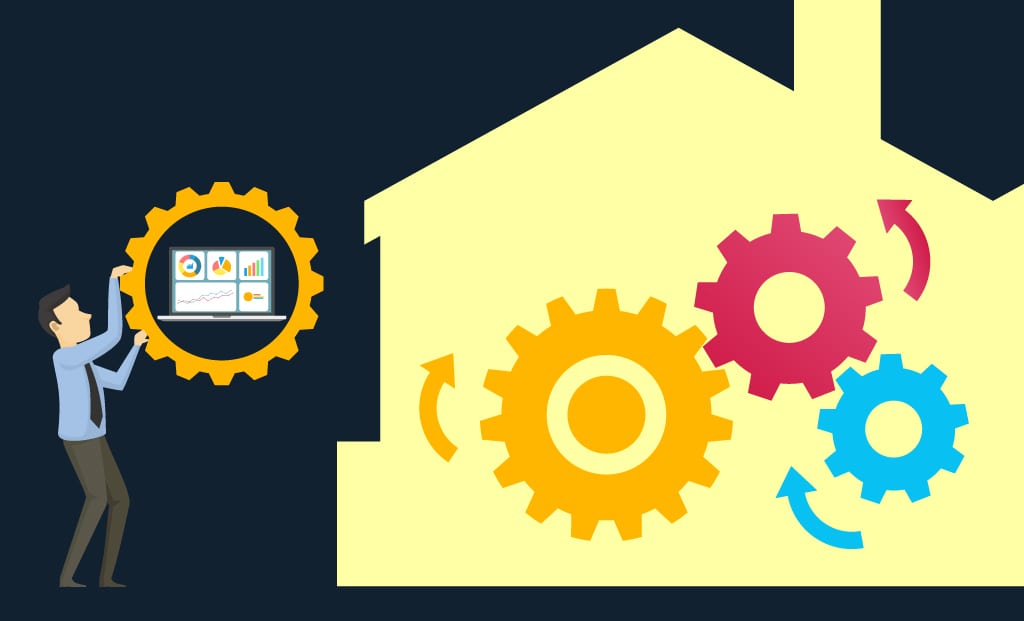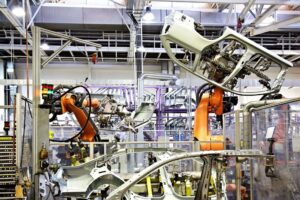In our previous blogs, Handling the Human Element in an ERP Change Management Process and Utilizing Employee Power for a Successful ERP Implementation on ERP implementation, we had strongly emphasized on how resistance to change can be overcome by taking tangible actions, and also involving employees and their skills to ensure a successful ERP implementation, respectively.
Small & Medium manufacturers do not have a luxury of time with them. They are constantly under pressure to manufacture & deliver products to customer just-in-time, constantly keep inventory in check, ensure uninterrupted production, ensure labor & machine availability, manage overall production costs, and ensure profitability etc.
Now what happens when a manufacturer decides to implement an ERP Software within their organization? Imagine the state of affairs, where the manufacturer has to juggle between Business as Usual (BAU) operations, modify and interlink workflows and business processes to work with the new ERP system, take employee buy-in, train them on the new ERP system, migrate huge mounds of data, and seamlessly implement the ERP throughout the organization.
Day-to-day business shouldn’t take a hit. The implementation should go as planned. The overall objective should be achieved without any delays and cost escalations. This is akin to changing the wheel of a vehicle while its in motion.
While, this is an ideal objective to ask for, there are bound to be disruptions both in business and ERP implementation. So how do you minimize business disruption and ensure a successful implementation?
- Everything starts with a Plan
- Mapping Processes with ERP
- Taking Executive & Employee buy-in and participation
- Don’t lose sight of your Business as Usual (BAU)
Everything starts with a PLAN
The ERP software implementation within a manufacturing enterprise requires a high level of planning and synchronization between departments and employee levels. The implementation team should start with creating a detailed road map that takes into account, various factors such as,
- Scope of ERP implementation depending on the organization & operations size
- Current business processes & manufacturing workflows that are both manual and automated
- Existing infrastructure levels and the need to upgrade to new ones
- Existing employee strength, their respective roles, skills etc.
- Key areas that will get impacted due to the implementation
- Potential risks both internal and external, that will affect the implementation
- Approximate total implementation time
- Business As Usual (BAU) plan to ensure that day-to-day operations don’t get interrupted due to the implementation
And much more.
The plan should outline clear roles, responsibilities and outcomes for both business and technical teams responsible for implementing respective ERP modules within their department. It should also consist of pre-agreed milestones that will be revisited at regular intervals. This will ensure that teams won’t deviate from the plan and immediate corrective measures can be taken in case of any.
The implementation plan would create an all-round transparency of the project throughout the organization across employee competency levels. This will ensure that any potential risks are foreseen and preventive steps are taken proactively.
Mapping Processes with ERP
Implementing an ERP is not just a technology change. It involves giving your existing business processes and technology, a completely new upgrade. New processes would mean that every employee’s way of conducting their individual roles and responsibilities will see a phenomenal change. Therefore, accurately mapping existing processes and integrating them with various ERP functionalities is of utmost importance.
This would involve identifying connection points between various systems not currently linked with each other. Also, the existing technology of a particular process might not be compatible with the advanced ERP technology and therefore infrastructural upgrades would also be taken into account.
Once these requirements are taken care of, various manufacturing systems such as nesting, barcode, machine monitoring, logistics, CRM, order management, e-commerce, human resources etc. would be connected with each other and with the ERP based on each department’s functioning & requirement. Workflows would have to be re-designed as many processes will be automated post-implementation. The entire mapping process would involve a collaborative effort from the concerned employees, senior executives, business owner and the ERP vendor.
Data migration is the most important aspect of the implementation. Each department would be on their toes to collect various data sources both manual and automated, actual data collected and convert them into electronic copies within the ERP. Intense monitoring would be needed to ensure the right data is keyed into the system and the desired results have been achieved.
Taking Executive & Employee Buy In & Participation
And that’s why complete buy-in and participation of the above is absolutely critical. A new ERP system can mean long-term structural transformation, a permanent and significant impact on virtually every business function, work-flow, process and department across the enterprise.
In addition to these, the biggest impact falls on the human element as manual processes are automated, long-running processes under each department gets eliminated or drastically modified. This impacts the employee mindset and their role within the organization. Employees suddenly gets insecure because of these rapid changes and start doubting their job-role, capability and job-security. Therefore, concrete steps have to be initiated to help them understand the importance of the implementation and why their participation is equally critical to its success.
With the help of the ERP vendor, training on technical ERP knowledge and operating skills can be fast-tracked for floor-level employees and plant supervisors. This will empower them and give them much-needed confidence to participate in the implementation and also, simultaneously conduct their day-to-day tasks with ease.
Similarly, senior executives can be trained to track key deliverable within their respective departments during the ERP implementation and guide their staff to ensure that implementation milestones are achieved on time.
Apart from the above, there should be a single point of contact for all departments to get in touch with. This person will be responsible to co-ordinate with various other department heads, employees, supervisors, who are involved in the ERP implementation. He/she will be responsible to provide complete visibility about the project to everyone through elaborate documentation, help them take crucial decisions as necessary, alert the team in case of any deviations and take corrective measures, and ensure milestones are successfully achieved.
Don’t lose sight of your BAU
ERP implementation in a manufacturing setup is a time-consuming activity involving almost the entire organization’s precious time, manpower and resources. A small & medium manufacturer cannot afford to forego their regular business operations as their survival hinges on every customer order that is delivered on time. Therefore, it is a huge challenge for them to juggle between regular operations and ERP implementation. For this, a separate core team would have to be formed who will manage end-to-end implementation and also contribute their bit towards business operations. The rest will concentrate on regular business operations and only pitch in when their respective department goes under the ERP transformation.
However, the implementation will force almost everyone to be on their toes at all times. The only consolation would be that it will be motion for a short period of time. An implementation success would mean enhanced business processes, automated workflows, more production capacity, more customer orders, streamlined production, new job roles, skill enhancement and increased compensation/incentives.
Download and Read our latest Whitepaper
‘An ERP Solution Provider’s Guide for Manufacturers’ that details every step right from ERP selection/evaluation till post implementation.






One Response
Just exploring your services